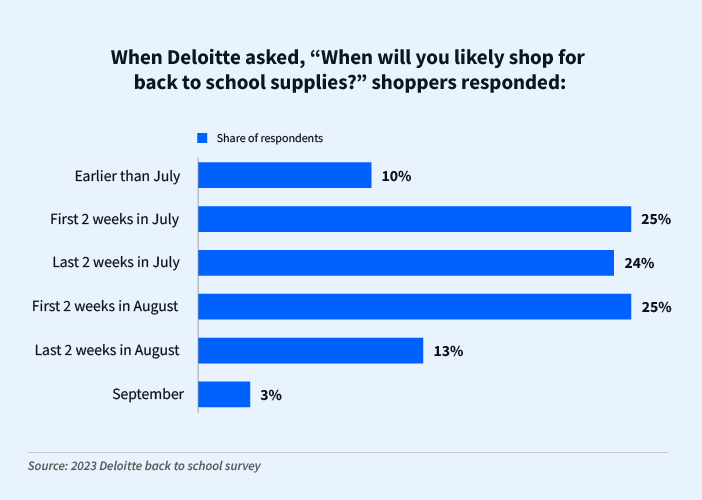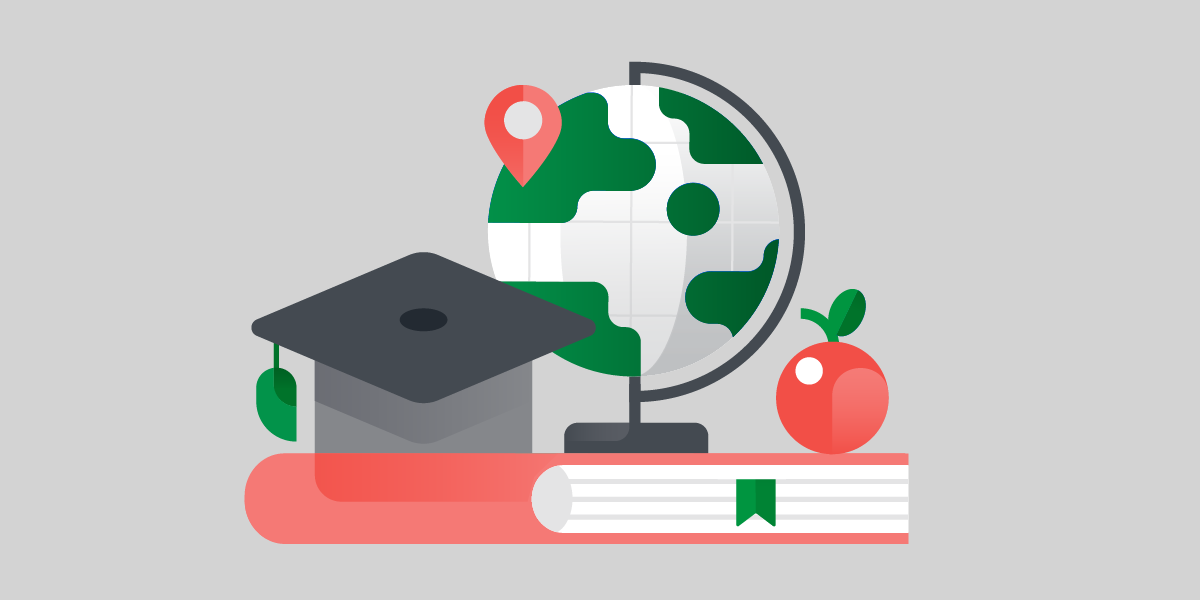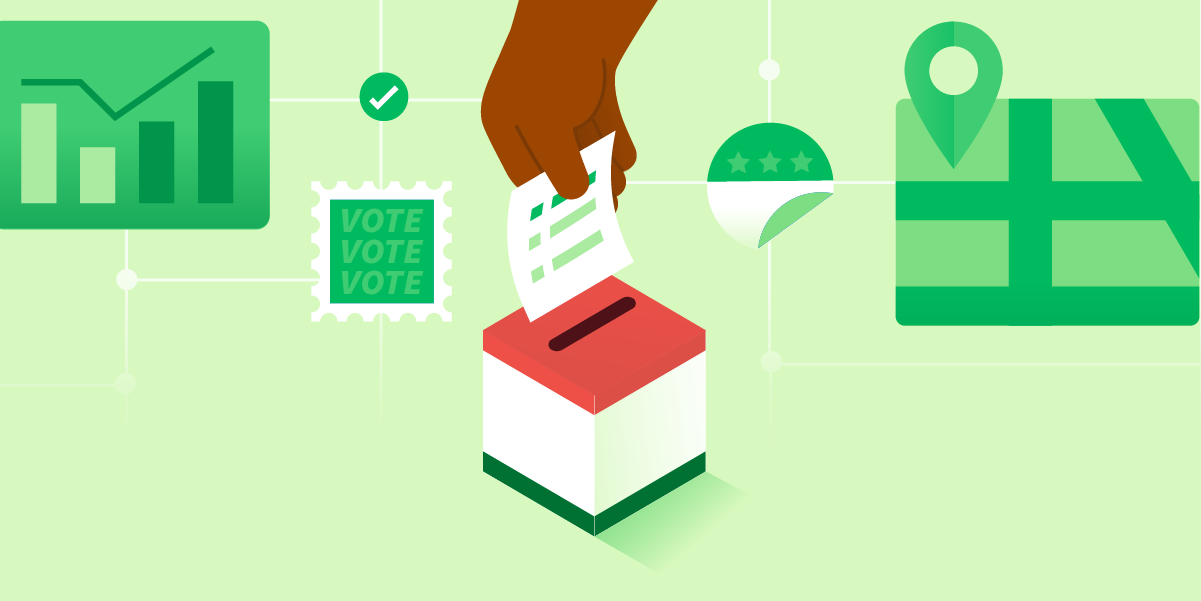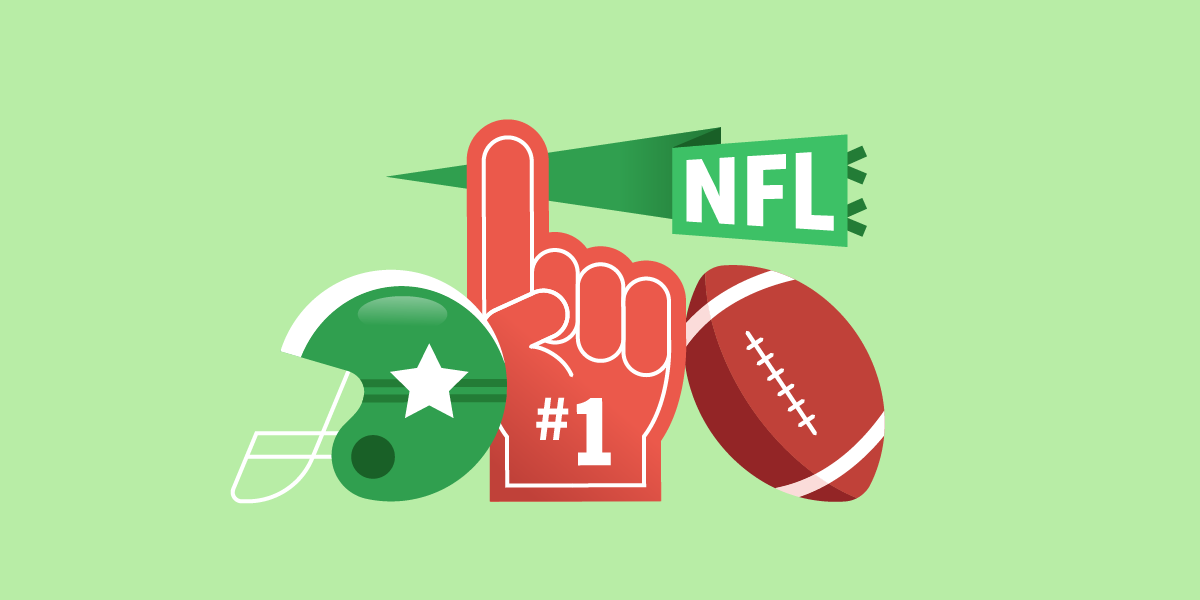With summer just around the corner, it’s the perfect time for digital marketers to start planning their back to school campaigns for 2024. The US back to school market spending was estimated to be $41.5 billion USD ($90 billion for college) in 2023 and is projected to reach $245.6 billion USD by 2028, growing at a compound annual growth rate (CAGR) of 5.2%.
By prepping your back to school digital advertising now, you can do the legwork to make sure your campaigns reach the right audience as they begin to think about back to school shopping.
5 Tips for Back to School Digital Campaigns
Ready to strap on your backpack? Let’s dive into current trends you can leverage for your back to school campaign planning, as well as strategies and tactics for reaching back to school shoppers this fall.
1. Start Your Back to School Campaign Planning Early
It is crucial to give yourself ample time to plan, budget, set goals, create compelling ads, and execute your advertising strategies to ensure a successful back to school campaign. If you start planning as you enter the busy season, you may skip some critical steps and miss out on your campaign’s full potential.
Your campaign goals (and your target audience) will determine just how early you should start planning. Keep in mind the start dates for different types of schools. Start dates differ between kindergarten, elementary school, college, and post-graduate.
In 2023, 59% of planned spend occurred by the end of July, up from 53% in 2022, according to Deloitte’s Survey.

2. Leverage the Latest Trends for Back to School Advertising
A great starting point for planning seasonal shopping campaigns, like back to school, is by looking at the latest trends in the retail industry. For the best insights, you’ll want to look at data from the year prior.
We’ve rounded up some of 2023’s back to school shopping trends to get you started, based on Deloitte’s 2023 back-to-school survey.
- 49% of parents research online before buying in-store; 55% review return policies before shopping.
- Shoppers prioritize retailers with competitive pricing, choosing mass merchants (80%), online retailers (60%), and off-price retailers and dollar stores (33%).
- Parents are willing to spend an average of $32 USD to qualify for free shipping; 59% will only shop at retailers offering free returns.
- In 2023, parents prioritized school supplies over tech and clothing.
Along with leveraging trends from the year before, you should review your prior back-to-school ad campaigns. Analyzing their performance can give you further insights into marketing trends and what products or services to focus your new campaign around.
3. Build a Profile Around Your Target Audience
It might seem simple: back to school shoppers are parents, teachers, and students. But the reality is that these shoppers can span across various demographics, so understanding who they are in detail will benefit your campaigns.
Customer profiles describe everything you need to know about a specified group of customers. You can leverage that information to create a digital strategy that aligns with the wants and needs of your audience. A customer profile will help you make informed decisions about campaign messaging, creative, channels, and targeting tactics to use.
Here are 5 key steps to building customer profiles for back-to-school ad campaigns:
1. Identify your broad audience. Focus on the problem your product, service, or business aims to solve and who needs that problem solved. For back to school retailers, it’s pretty simple: their broad audience includes parents, teachers, and students.
2. Narrow down that audience. This isn’t always straightforward, but it doesn’t have to be complicated. For example, if you’re a retailer selling laptops, you are likely targeting students—but the age of those students will skew older.
3. Consider what motivates your audience to buy. The location of an audience, age of an audience, and other factors may impact their motivations. Some audiences may be looking for deals, whereas others could be looking for the latest trends.
4. Consider your customers’ journey. Understanding how a customer goes from awareness and consideration to conversion and evaluation enables you to narrow your audience further. Knowing every touch point that a customer passes through before making a purchase will help inform what channels and ad formats you should leverage for the best results.
5. Create a profile description. You now have a more narrowed idea of your audience and their customer journey, so it’s time to consider their demographics in detail, such as age, income level, family size, occupation, education level, and marital status.
4. Consider Emerging Formats for Your Back to School Marketing
The education model isn’t the only thing that’s evolved during the pandemic. We’ve also noted shifts in consumer habits, which have influenced an adoption of new channels. To capture the attention of parents and students, it’s important to know where they are spending their time, and then be sure to be present on those channels.
There’s been growth in adoption and use of different platforms and channels in the last year, like TikTok and over-the-top (OTT) advertising.
Instagram was the most downloaded app of 2023, with 696 million downloads, followed by TikTok with 654 million. Meanwhile, over-the-top (OTT) advertising, live video, and audio podcasts have all seen a surge. What’s probably most important to know is that most people today are present on various channels and devices.
Students, parents, and teachers might scroll social platforms first thing in the morning. Then a teacher might listen to a podcast on their commute to school. During the day, students and parents might browse online, and in the evening, they could all watch streamed videos.
Creating a multi-channel strategy enables you to reach parents, teachers, and students throughout the entire funnel, creating a cohesive story across channels like native, display, video, connected TV (CTV), audio, in-game, and DOOH.
It’s important to understand which channels are emerging and how they’re being used, as those insights can be leveraged to your benefit when running back to school marketing campaigns.
5. Use Targeting to Reach the Right Audience
Once you know your target audience and the best channels to reach them on, it’s time to consider how you’ll reach them. There are a few targeting methods for back-to-school marketing campaigns that will drive optimized results. Here are 4 targeting strategies and how they’ll benefit back to school campaigns:
1. Use geotargeting to reach consumers based on location. Geotargeting delivers back to school ads to an audience using the geographic location information of the recipient. Some demand-side platforms (DSPs) offer targeting by country, state or province, US county, city, or zip code or postal code. In the US, it’s possible to upload a list of zip codes that capture school locations, or you can target specific commercial addresses or latitude or longitude coordinates with geo-radius targeting.
2. Leverage contextual advertising to reach consumers based on their life stage. School is a major milestone in most people’s lives–for students and parents alike. You can leverage contextual targeting to place back to school ads on pages that align with the content your target audience engages with. For example, a parent is likely to read articles that cover how to prepare their child for the first day of school. With contextual advertising, you can place ads for your back to school clothing, accessories, or tech products on those pages. That way, your ads reach your target audience in a receptive frame of mind.
3. Expand your first-party reach and use CRM data. First-party audiences built off of site visits and site conversions are ideal for building lookalike audiences. A lookalike audience helps you reach potential consumers who are likely to share similar interests and behaviours with your existing customers. You can also leverage 1st-party data to build out retargeting campaigns that capture visitors who have shown interest in your brand and product previously.
4. Dynamically retarget individuals with personalized native or display ads. Retargeting campaigns are a key tactic in programmatic targeting because they enable you to remind users about product offerings that they’ve browsed before. Dynamic retargeting differs from standard retargeting where generic ads are served to users who have visited your site. Standard retargeting ads will remind a user of your brand message, but a dynamic retargeting ad takes it further by reminding a user of an exact item they were looking at.
Plan A+ Back to School Advertising Campaigns
The National Retail Federation estimated that households were going to spend an average of $890 USD for the 2023-2024 K-12 school year, $25 more than in 2022. Back to college spending was $1,366 USD per household, totaling $90 billion USD in 2023.
With education shifting to a digital-first model and consumers increasing their time spent on digital channels, running your back to school campaigns on programmatic is a perfect opportunity to tap into this growing market.
Want to run exceptional back to school campaigns? Request a demo to learn more about StackAdapt.





